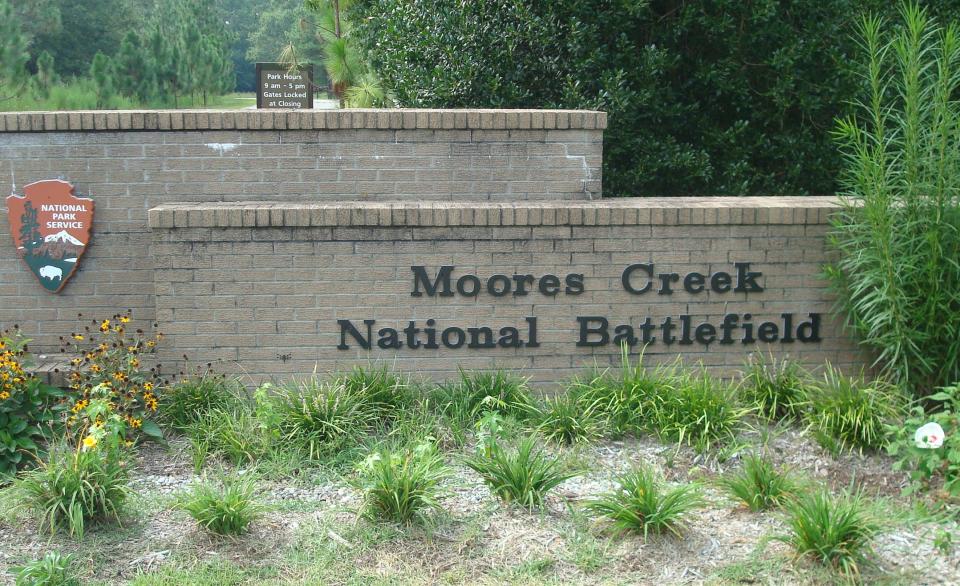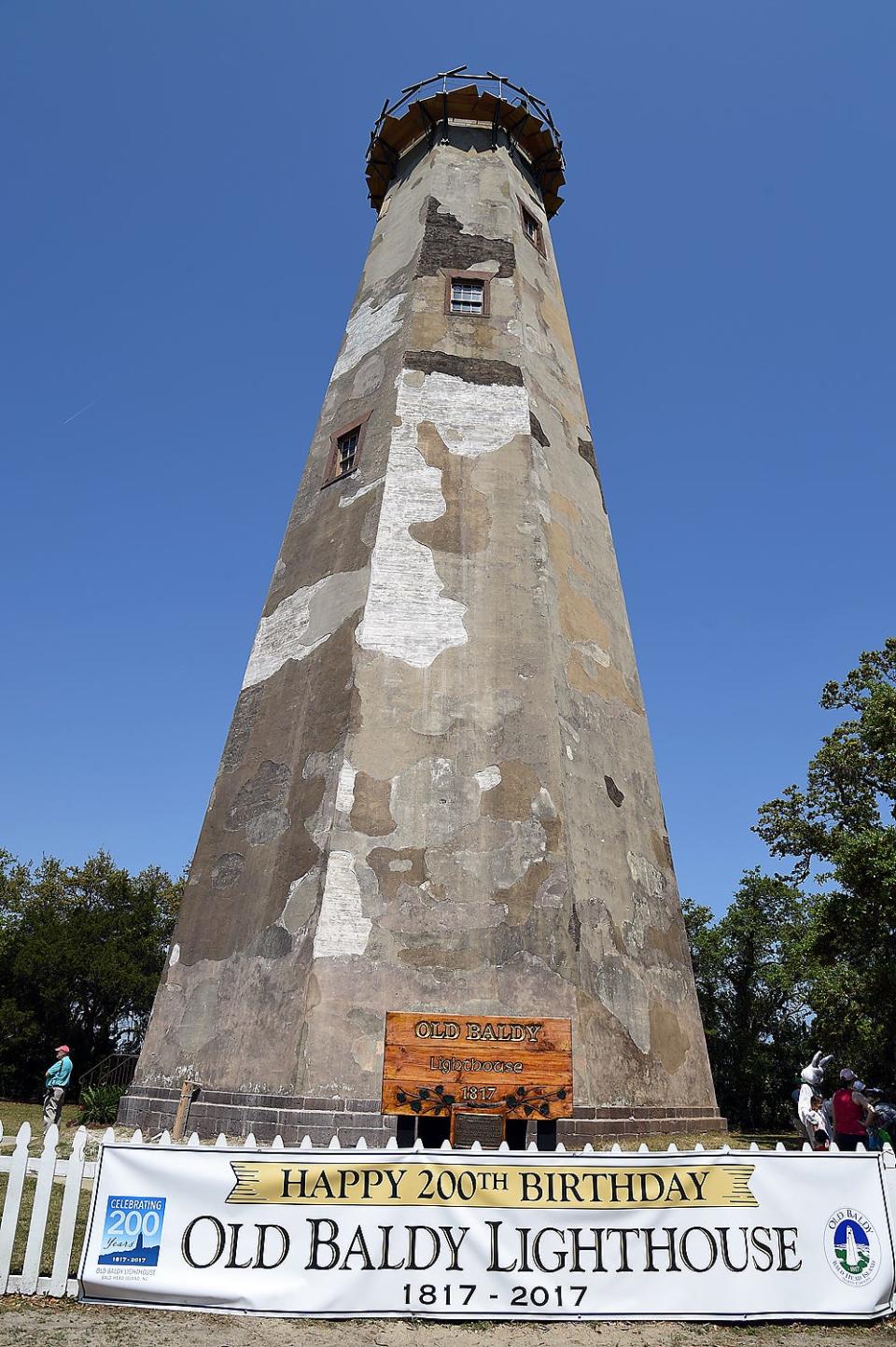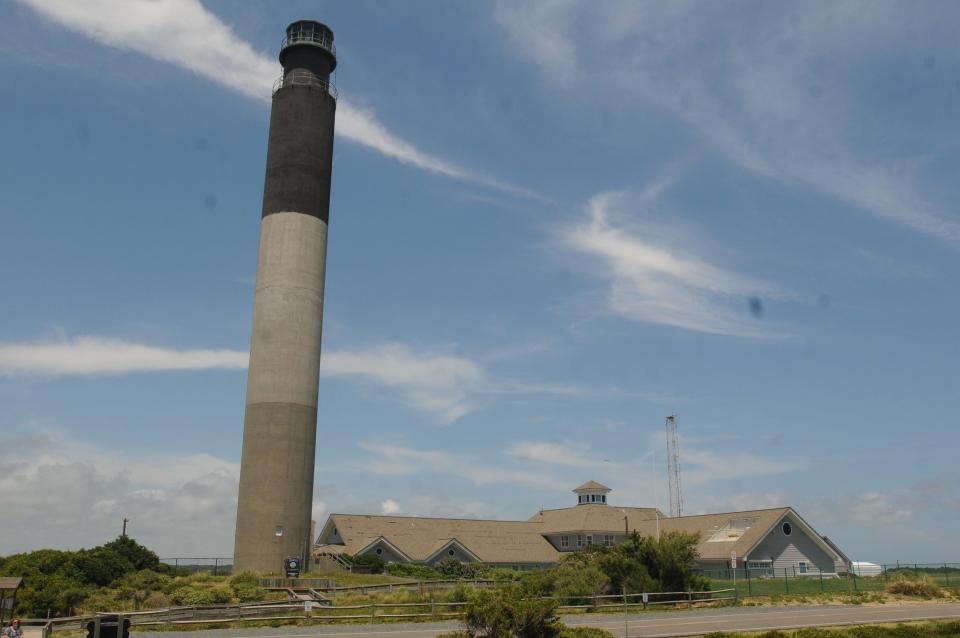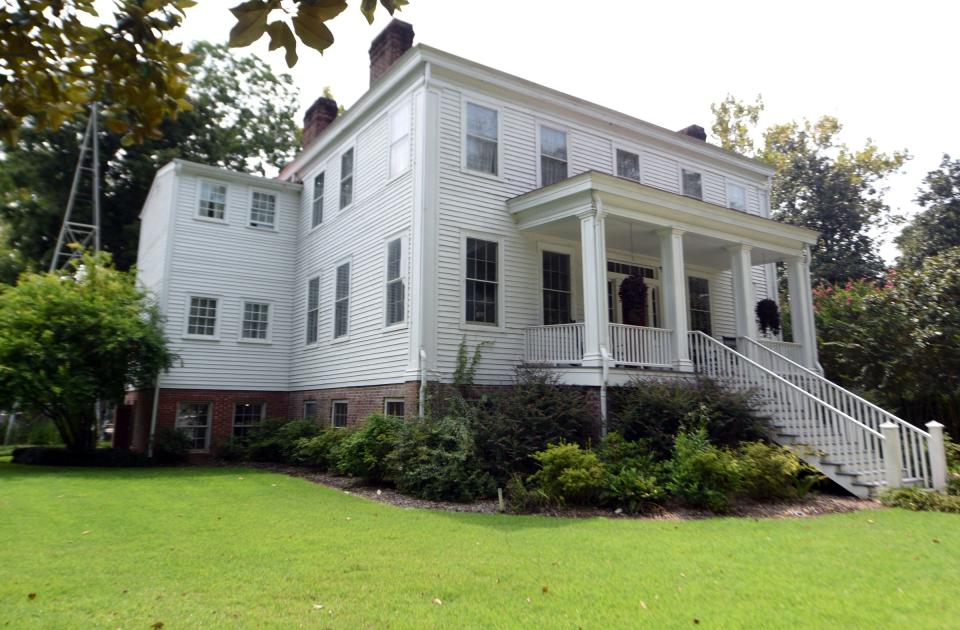For a glimpse of Wilmington's history, take a look at these 6 places
From homes to sites, Southeastern North Carolina has plenty of historical places.
One of the more prominent is Battleship North Carolina, the World War II-era ship that's been moored across the Cape Fear River from downtown Wilmington since 1961.
There's also a host of downtown Wilmington locales, such as the Burgwin-Wright and Latimer houses and the Bellamy Mansion.
Here are six others that also showcase the history of the region.
Thalian Hall

Built in 1858, Thalian Hall is a two-story, five-bay, stucco brick building with a host of classic design elements.
The historic city hall and theater, located in downtown Wilmington at 310 Chestnut St., is one of the very few performing arts centers in the United States to share space with the local government.
The building has been under the management of the Thalian Hall Center for the Performing Arts Inc. since 1963. It was listed on the National Register of Historic Places in 1970.
More: Thalian Hall to get new leader soon, but late director Tony Rivenbark still 'haunts' venue
Moores Creek National Battlefield

In Pender County, Moores Creek National Battlefield is a historic attraction on the grounds of a Revolutionary War battle.
It is the site of the first decisive Patriot victory of the American Revolution, where the battle took place on Feb. 27, 1776. The victory gave North Carolina confidence to seek out and vote for independence.
The battlefield, located in Currie and managed by the U.S. National Park Service, is also located on the North Carolina Birding Trail. The park is home to a wide variety of birds, from red-headed woodpeckers, blue-gray gnatcatchers, the Eastern Wood pewee and more.
Visitors can explore two miles of trails, six monuments, a variety of other resources connected to the battle, see Venus' flytraps, longleaf pine trees, and a variety of other plants and animals.
The park grounds are open 9 a.m.-5 p.m. daily.
Bald Head Lighthouse

Known as "Old Baldy," the Bald Head Lighthouse is the oldest lighthouse still standing in North Carolina. It is the second of three lighthouses that have been built on Bald Head Island since the 19th century to help guide ships past the dangerous shoals at the mouth of the Cape Fear River.
The Old Baldy Foundation offers self-guided tours. Visitors can climb 108 stairs and five landings to reach the top of Old Baldy Lighthouse to see the breathtaking view of the Cape Fear River estuary.
Oak Island Lighthouse

One of the newest lighthouses in the United States is the Oak Island Light, located in Caswell Beach.
The lighthouse, which opened in 1958, is now equipped with four 2.5 million candlepower aerobeacon lenses, which produce four, one-second bursts of light every 10 seconds.
Owned by the town since 2004, it sits next to a United States Coast Guard Station on the east end of Oak Island in Brunswick County. In April 2007, the Oak Island Lighthouse was added to the National Register of Historic Places.
Climbing to the top (131 metal ship stairs to an outside balcony) is available year-round for anyone 9 years or older. Six weeks in advanced notice is required. All requests will be offered the opportunity to join already scheduled tours if openings exist.
For more information, email oakislandlighthouse@gmail.com or visit http://www.oakislandlighthouse.org/tour-information/.
Basilica Shrine of St. Mary

The Basilica Shrine of St. Mary is a Minor Basilica in the Catholic Church in Wilmington in the Diocese of Raleigh. It was included as a contributing property in the Wilmington Historic District on the National Register of Historic Places in 1974.
The architecture's historic main church is of the Spanish Baroque style, designed by Spanish architect Rafael Guastavino, who is known for his work on the Biltmore Estate, Basilica of St. Lawrence, and Duke Chapel. The church was constructed without wooden or steel beams and without nails, instead using brick tile.
Wilmington’s Roman Catholic origins are with the 1820 organization of the Charleston Diocese in South Carolina. On Jan. 1, 1845, the Rev. Thomas Murphy was appointed Pastor of the Congregation of Wilmington, and under his supervision, the Church of St. Thomas the Apostle was built and completed in 1847. St. Thomas Church closed in 1966 and the parish merged with St. Mary Parish. The former church building is now known as Saint Thomas Preservation Hall.
More: Entertaining out-of-town guests? Here are 7 things to do this summer in the Wilmington area
Poplar Grove Plantation

Explore and discover the history of Poplar Grove Plantation, located between Porters Neck and Hampstead on U.S. 17 within the National Park Service’s Gullah Geechee Cultural Heritage. Poplar Grove historic house and museum, formerly a sweet potato plantation, produced peanuts from the agricultural skills of the Gullah Geechee people.
The museum complex is sustained through the continuing efforts of Poplar Grove Foundation Inc. The current manor house was restored and opened to the public as a museum in 1980 and is listed on the National Register of Historic Places. Also, the 15 plus remaining acres left of the original homestead are under the stewardship of the North Carolina Coastal Land Trust.
This article originally appeared on Wilmington StarNews: Where to see historic places in Wilmington, NC

